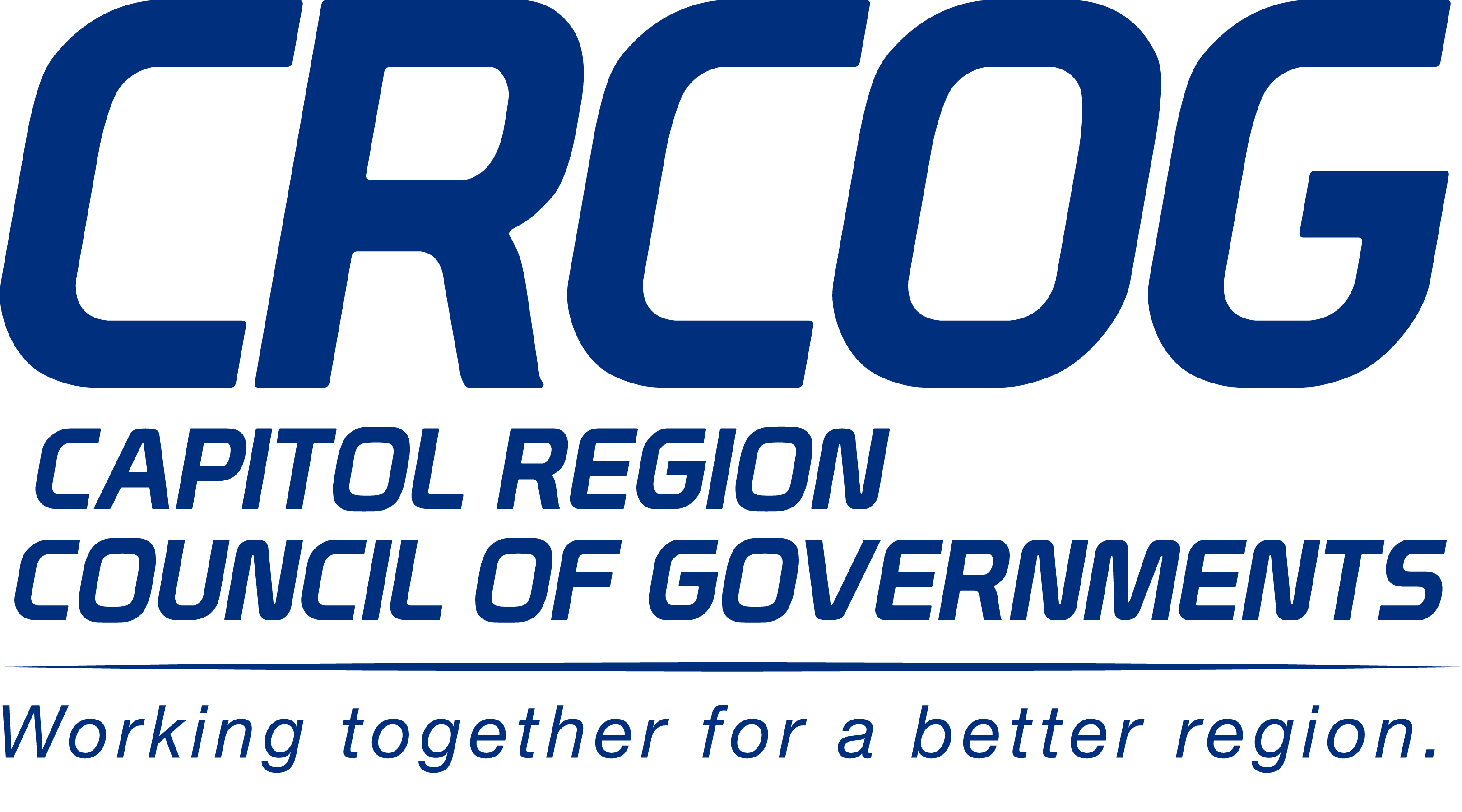There’s no guarantee that your family will be in the same place when disaster strikes. That’s why it’s important to put together plans ahead of time to make sure you are able to contact each other while remaining safe.
Develop Your Plan
It is important to create a Family Disaster Plan that provides alternate ways of managing your household and ensuring that all of your family members are safe in the event of a disaster. Your plan should address the following questions:
(1) Where will you and your family meet up during or after a disaster?
Pick two places to meet:
- The first should be outside but close to your home.
- The second should be outside your neighborhood.
(2) How will you and your family communicate if you are unable to call each other?
Pick two out-of-town contacts (a primary and an alternate) that can collect information and report on each family member’s status.
- Both adults and children should know the contacts’ names, addresses, and home and cell telephone numbers, or carry the information with them. If household members are separated from one another in a disaster, they should call the primary contact. If the primary contact cannot be reached, they should call the alternate contact.
- Create an online communication page that each family member can access to report their status and/or check on one another’s status.
(3) What important phone numbers, addresses, and other information will you need to access in the event of an emergency or disaster?
Keep this information on a wallet-sized card and store it in your mobile phone. Contact information you may need in an emergency includes:
- Each family member’s mobile phone number
- Each parent’s office address and phone number (preferably a number an operator will answer if you are not there)
- Each child’s school address and phone number
- Addresses and phone numbers of family doctors
- Addresses and phone numbers of veterinarians or animal hospitals
- Bank phone numbers and account numbers (but not passwords)
- Insurance company phone numbers and policy numbers
There are many ready-made emergency plan templates that you can use to document your plan, including FEMA’s “Ready.Gov” Fillable Form Emergency Plan and “Ready.Gov” Emergency Plan.
Document Your Plan
Document your plan and keep it in at least one easily accessible place in the home, online and on a wallet card that you carry with you at all times.
There are many ready-made emergency plan templates that you can use to document your plan, including:
Practice and Maintain Your Plan
It is important to practice and maintain your plan in order to ensure that it will be effectively implemented when a disaster strikes.
- Review and update family emergency plans every six months.
- Check your Disaster Supply Kit every six months. Observe the expiration or “use by” date on stored food and water. If you have prepared your own containers of water, replace them every six months to ensure freshness.
- Conduct fire and emergency evacuation drills at least twice a year.
- At home, practice escaping from various rooms, particularly bedrooms, and meeting at the place you have selected right outside your home.
- Have each driver actually drive evacuation routes so each will know the way. Select alternate routes and familiarize drivers with them in case the main evacuation route is blocked during an actual disaster.
- Mark your evacuation routes on a map and keep the map in your Disaster Supply Kit. Remember to follow the advice of disaster officials during an evacuation. They will direct you to the safest routes and away from roads that may be blocked or that might put you in further danger.
- Include your pets in your evacuation and sheltering drills. Practice evacuating your pets. If you have horses or other large animals, be sure that they are accustomed to entering a trailer. Practice bringing your pets indoors, into your safe room.
